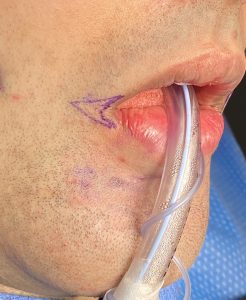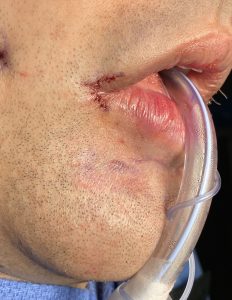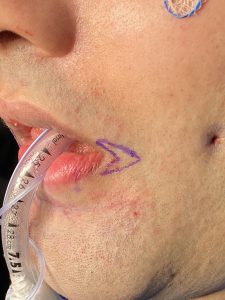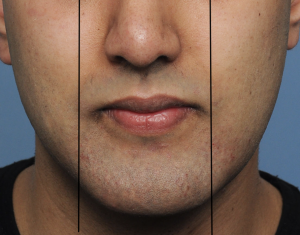
The size of the mouth can be changed with a commissuroplasty procedure. By far the most common direction of aesthetic change is to make a small mouth larger or increase the distance between the mouth corners. This is done by a mouth widening procedure which is done by moving the vermilion edges at the mouth corners.The concept is similar to other forms of vermilion advancement but the vermilion at the mouth corners is different than the rest of the lips. The vermilion show at the mouth corners is very small and the tissue is tight. The mouth corners are also constrained by the orbicularis muscle which envelopes the entire lips but most significantly around the corners in which they have to expand with smiling.
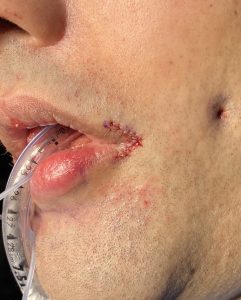
Mouth widening surgery is a small procedure but requires attention to detail in performing. It is not quite as simple as removing a segment of skin and the mouth corner just moves out. While the lip vermilion can stretch it won’t go outward willingly and the tendency for relapse is high. A wedge of orbicularis muscle must be removed to give the full thickness of the mouth corners a place to go and where deeper layers can be sutured to support and retain the tissue transposition. This also gives the scars at the mouth corners the best chance to be an acceptable tradeoff.
Dr. Barry Eppley
World-Renowned Plastic Surgeon




